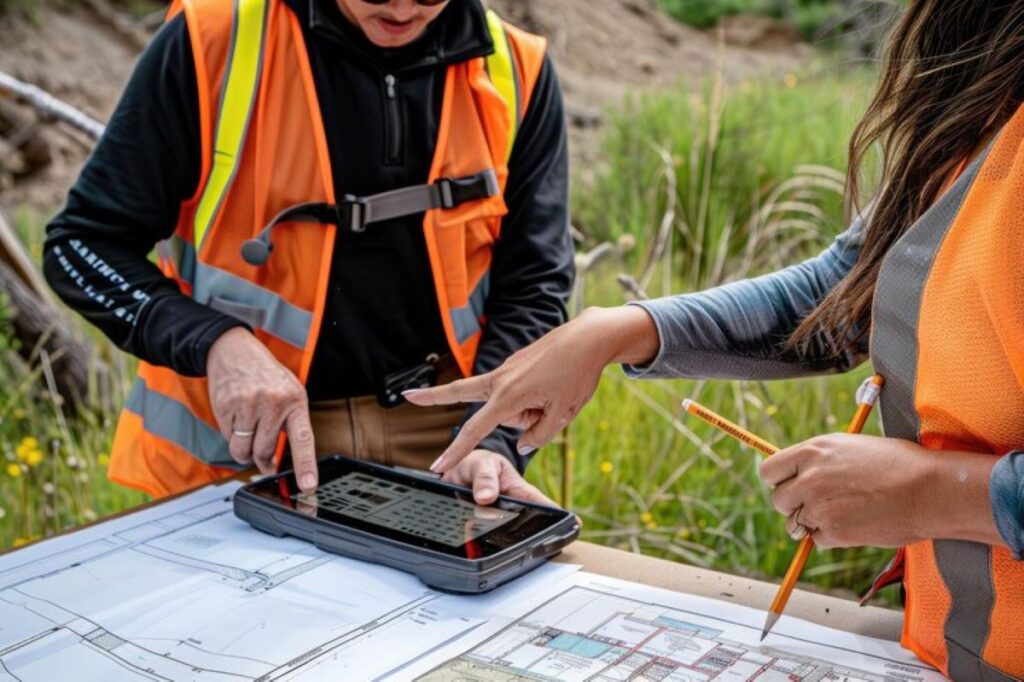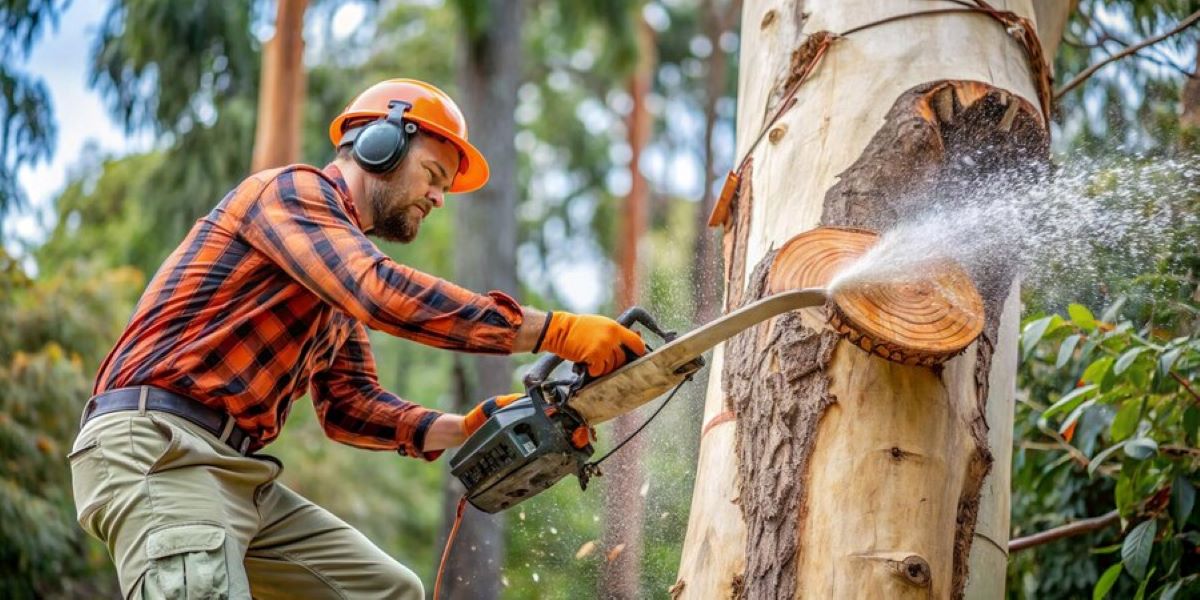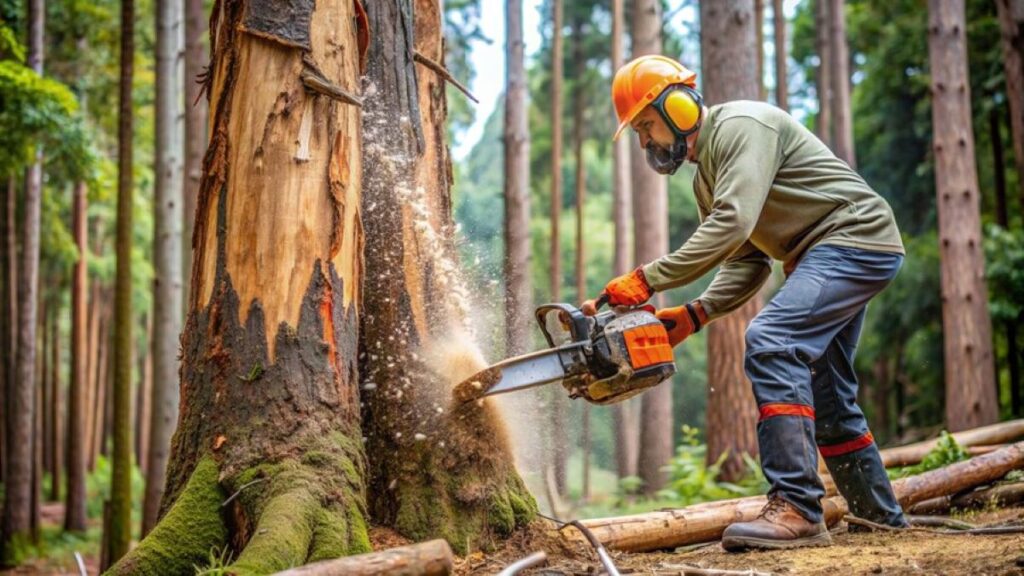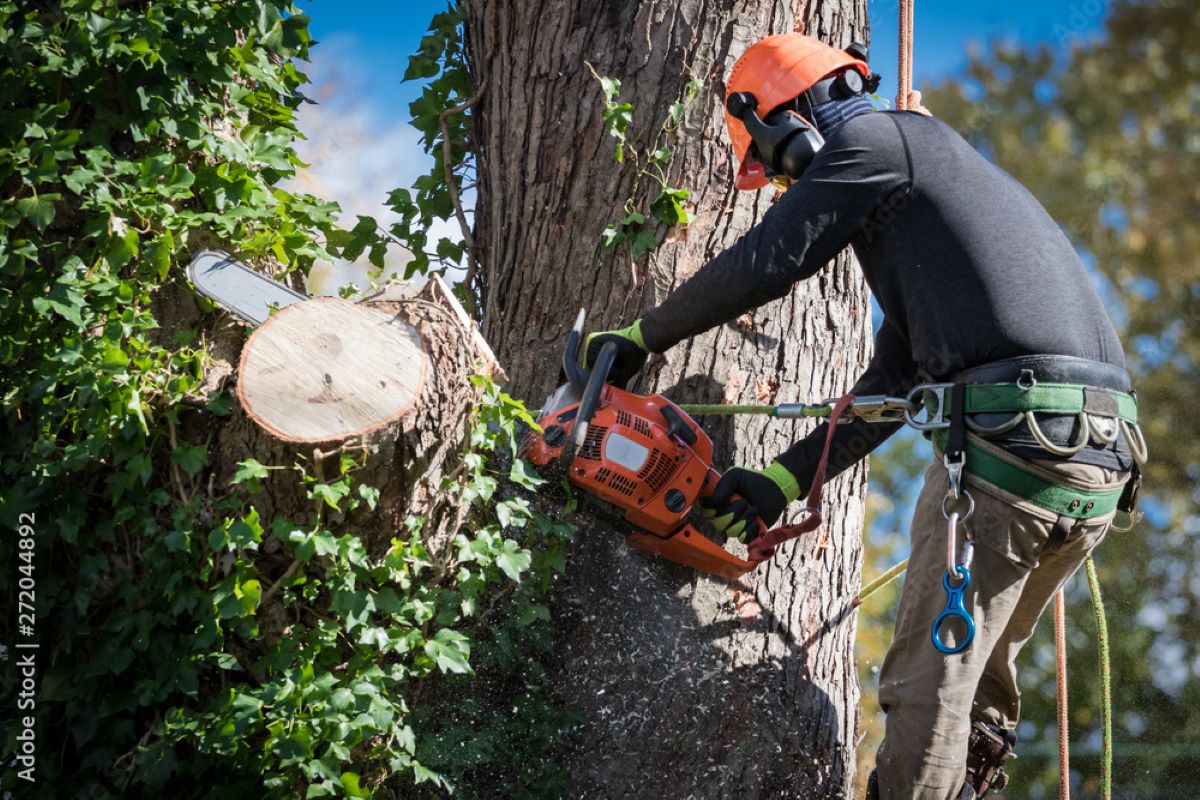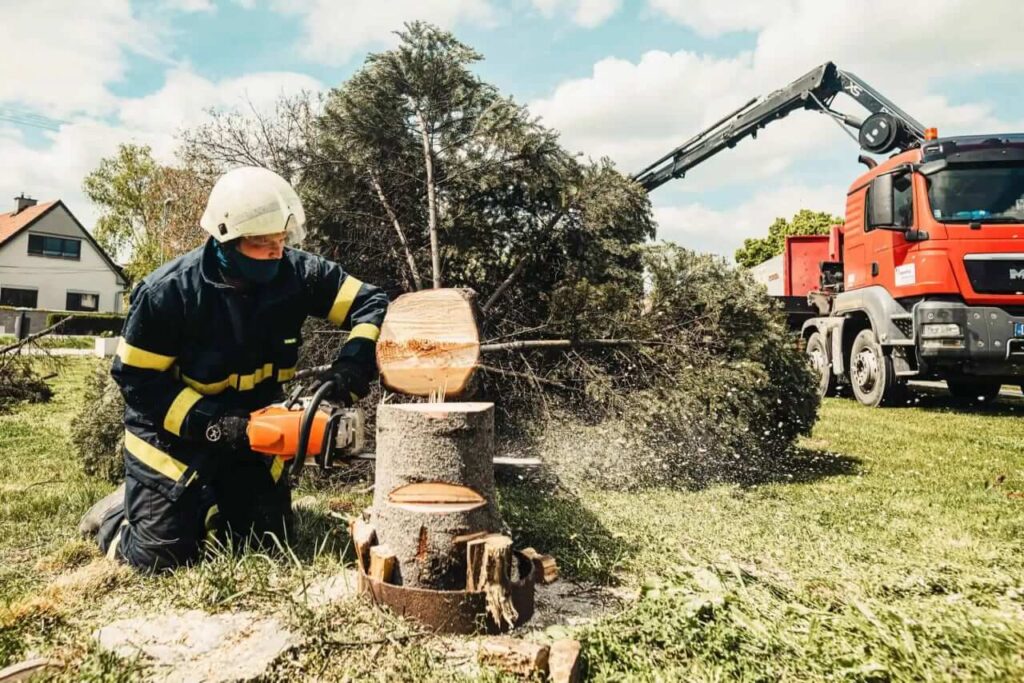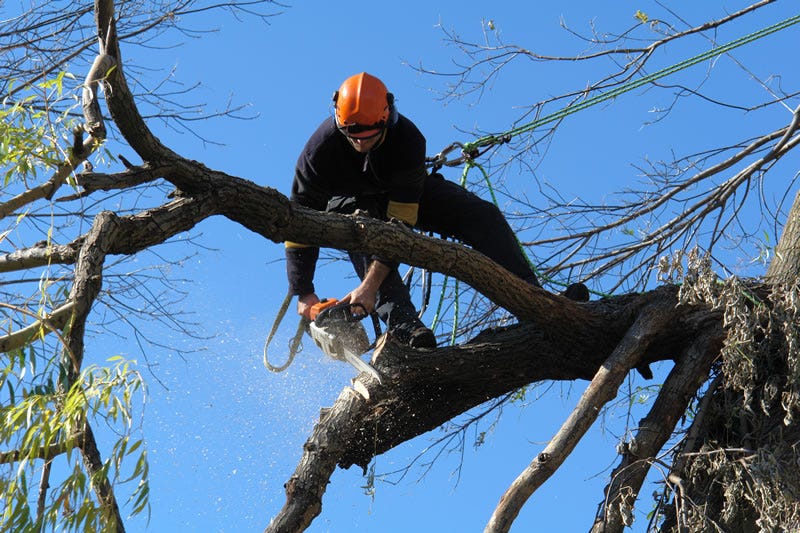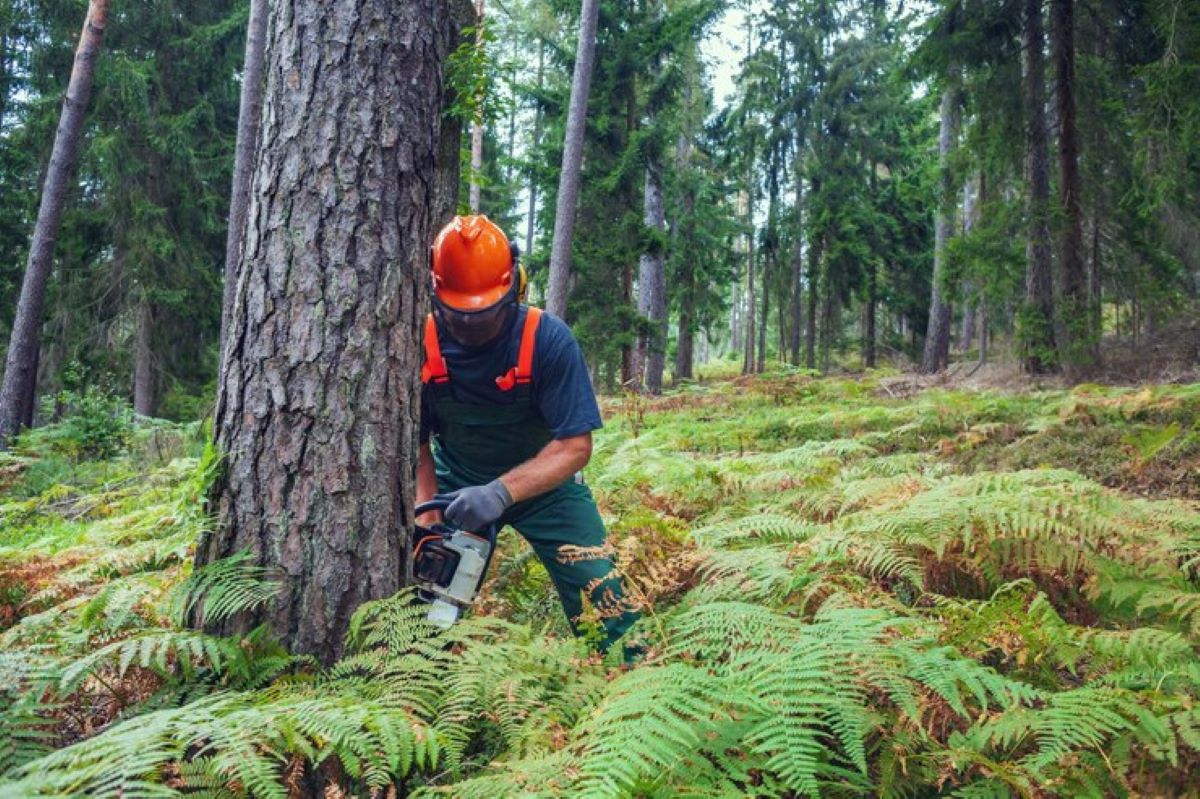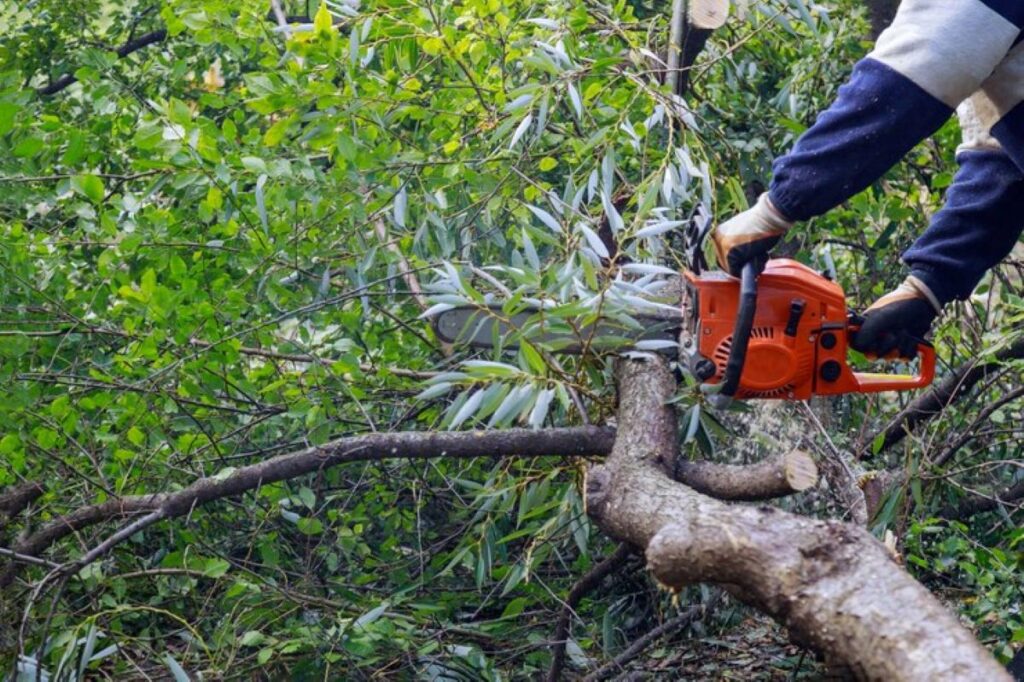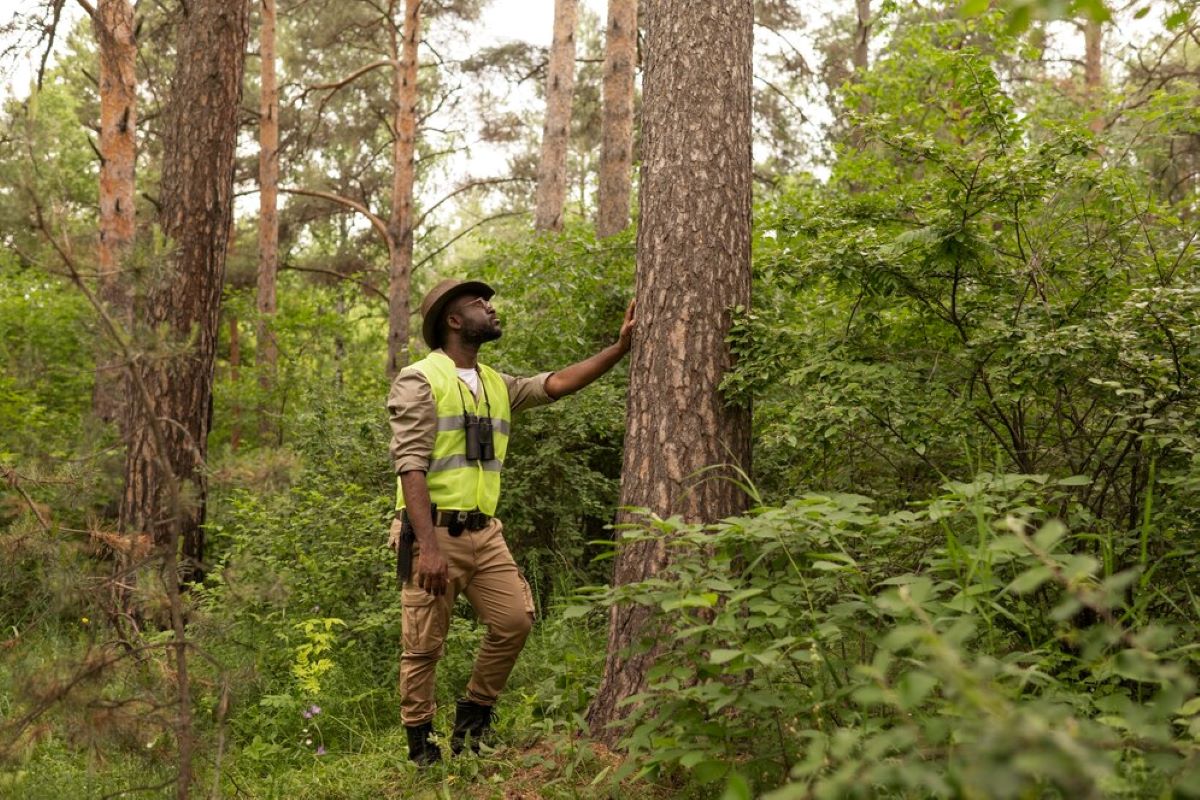Surveys are an essential component of various industries, providing critical data and insights that inform decision-making processes. In Australia, the demand for survey services has grown significantly, driven by the need for accurate information in fields such as construction, land management, and environmental studies. This article explores the different types of survey services available, their purposes, and the methodologies employed in each type.
Land Surveys
Land surveys are foundational in the realm of property development and management. They involve measuring and mapping the land to determine boundaries, topography, and other key features. The accuracy of land surveys is crucial for legal purposes, construction planning, and land use management. These surveys not only serve as a critical tool for developers and architects but also play a significant role in environmental conservation, ensuring that land use adheres to regulations and respects the natural ecosystem.
Boundary Surveys
Boundary survey is conducted to establish the exact boundaries of a parcel of land. This type of survey is essential for property disputes, ensuring that property lines are clearly defined and legally recognised. Surveyors utilise historical records, existing surveys, and physical evidence on the ground to pinpoint boundaries accurately. The importance of these surveys cannot be overstated, as they often serve as the basis for legal documentation and can prevent costly disputes between neighbours.
In Australia, boundary surveys are often required when buying or selling property, as they provide clarity on what is included in the sale. Additionally, they are vital for any construction projects that may encroach on neighbouring properties. The process involves meticulous research and fieldwork, with surveyors sometimes needing to resolve ambiguities in historical land records. This can include consulting with local councils and land registries to ensure that all relevant information is considered, thus safeguarding the interests of all parties involved.
Topographic Surveys
Topographic surveys provide detailed information about the terrain of a specific area. These surveys map the contours, elevations, and natural features of the land, which is crucial for various applications, including construction, landscaping, and environmental assessments. Understanding the topography of a site is essential for effective land use planning, as it influences drainage patterns, soil stability, and vegetation growth.
By employing advanced technologies such as GPS and laser scanning, surveyors can create highly accurate three-dimensional representations of the land. This data assists architects and engineers in designing projects that are both aesthetically pleasing and functional, taking into account the natural landscape. Furthermore, topographic surveys are invaluable for environmental studies, as they help identify areas vulnerable to erosion or flooding, allowing for the implementation of sustainable practices. As urban development continues to expand, the role of topographic surveys in preserving natural habitats and promoting responsible land use becomes increasingly vital.
Building Surveys
Building surveys focus on assessing the condition and structure of buildings. These surveys are essential for property transactions, renovations, and maintenance planning. They provide insights into the structural integrity, safety, and potential issues that may require attention. With the increasing complexity of modern architecture, the role of building surveys has become even more critical, ensuring that properties not only meet aesthetic standards but also uphold safety and functionality for their occupants.
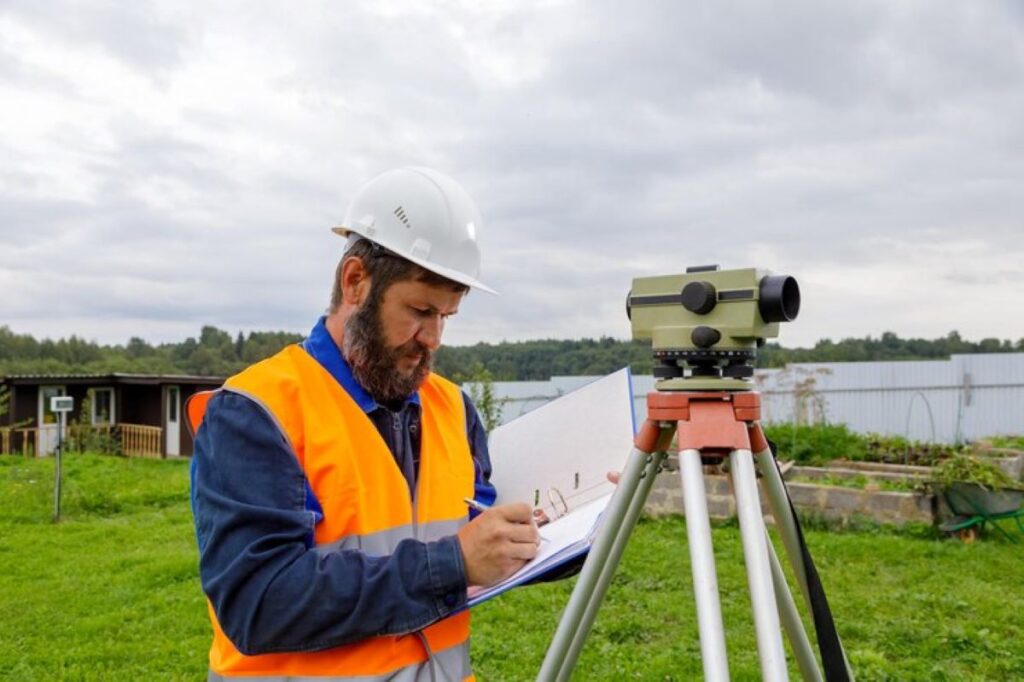
Condition Surveys
Condition surveys evaluate the physical state of a building, identifying any defects or areas requiring repair. This type of survey is particularly useful for prospective buyers, as it can reveal hidden problems that may not be apparent during a casual inspection. For instance, a thorough condition survey might uncover issues such as subsidence, which could lead to significant financial implications if left unaddressed.
Surveyors compile detailed reports outlining their findings, which can include issues such as dampness, structural damage, and compliance with building regulations. This information is invaluable for making informed purchasing decisions and planning necessary renovations. Additionally, these reports often include recommendations for remedial work, helping buyers to budget effectively for future maintenance and ensuring that they are fully aware of any ongoing responsibilities associated with the property.
Building Compliance Surveys
Building compliance surveys ensure that structures adhere to local building codes and regulations. These surveys are conducted at various stages of construction to verify that the work meets safety standards and legal requirements. Compliance surveys not only safeguard the health and safety of future occupants but also protect the interests of builders and developers by ensuring that their projects are legally sound and marketable.
In Australia, compliance surveys are crucial for obtaining the necessary permits and approvals before a building can be occupied. Surveyors assess factors such as fire safety, accessibility, and energy efficiency, providing peace of mind to developers and future occupants. Moreover, with growing environmental concerns, compliance surveys increasingly focus on sustainability measures, evaluating how well a building utilises resources and minimises its carbon footprint. This shift towards greener practices not only aligns with global trends but also enhances the long-term value of properties in an eco-conscious market.
See Also : Key Benefits of Professional Land Surveys in Sydney
Environmental Surveys
Environmental surveys assess the impact of human activities on natural ecosystems. These surveys are increasingly important as awareness of environmental issues grows, and regulations become more stringent. They help identify potential risks and inform strategies for sustainable development.
Ecological Surveys
Ecological surveys focus on the flora and fauna within a specific area. Surveyors gather data on species diversity, habitat conditions, and potential threats to ecosystems. This information is essential for environmental impact assessments and conservation efforts.
In Australia, ecological surveys are often conducted prior to development projects to ensure that endangered species and sensitive habitats are protected. The findings can lead to modifications in project plans to mitigate environmental impacts.
Contaminated Land Surveys
Contaminated land surveys identify and assess sites that may be polluted or hazardous due to previous industrial activities. These surveys are critical for ensuring public safety and environmental protection, particularly in urban areas.
Surveyors employ various techniques, including soil sampling and groundwater testing, to evaluate contamination levels. The results inform remediation strategies, guiding developers on how to safely manage and rehabilitate affected sites.
Geodetic Surveys
Geodetic surveys are highly precise measurements of large areas of land, often spanning hundreds or thousands of kilometres. These surveys are essential for mapping and understanding the Earth’s shape, size, and gravitational field, which has implications for navigation and satellite positioning.
Control Surveys
Control surveys establish a network of reference points across a region, which serve as the basis for other surveys. These points are accurately measured and documented, providing a reliable framework for future surveying activities.
In Australia, control surveys are vital for maintaining the integrity of geospatial data used in mapping and navigation systems. They ensure that all subsequent surveys are consistent and accurate, facilitating various applications from urban planning to natural resource management.
GPS Surveys
Global Positioning System (GPS) surveys utilise satellite technology to obtain precise location data. This method has revolutionised surveying practices, allowing for rapid data collection and increased accuracy.
GPS surveys are particularly beneficial in remote areas where traditional surveying methods may be challenging. They are widely used in land development, construction, and environmental monitoring, providing real-time data that enhances decision-making processes.

Mining Surveys
Mining surveys are specialised surveys conducted in the mining industry to assess mineral deposits and ensure safe extraction practices. These surveys play a crucial role in resource management and operational efficiency.
Exploration Surveys
Exploration surveys are conducted to identify and evaluate potential mining sites. Surveyors utilise geological mapping, sampling, and geophysical techniques to assess the viability of mineral deposits.
In Australia, exploration surveys are essential for the mining sector, which is a significant contributor to the economy. The data gathered during these surveys informs investment decisions and guides the development of extraction plans.
Mine Surveying
Mine surveying involves the ongoing measurement and mapping of mining operations. This type of survey ensures that mining activities are conducted safely and efficiently, adhering to regulatory standards.
Surveyors monitor the movement of materials, assess ground stability, and provide data for operational planning. Their work is critical in minimising risks and maximising productivity within mining operations.
Conclusion
Survey services encompass a diverse range of methodologies and applications, each tailored to meet specific needs across various industries. From land and building surveys to environmental and mining assessments, the role of surveyors is vital in ensuring accuracy, safety, and compliance.
As Australia continues to develop and grow, the importance of reliable survey services cannot be overstated. These services provide the foundation for informed decision-making, sustainable development, and the protection of natural resources. Understanding the different types of survey services available enables stakeholders to make informed choices that align with their goals and responsibilities.
In an ever-evolving landscape, the demand for skilled surveyors will only increase, highlighting the importance of investing in these services to support Australia’s future growth and sustainability.



